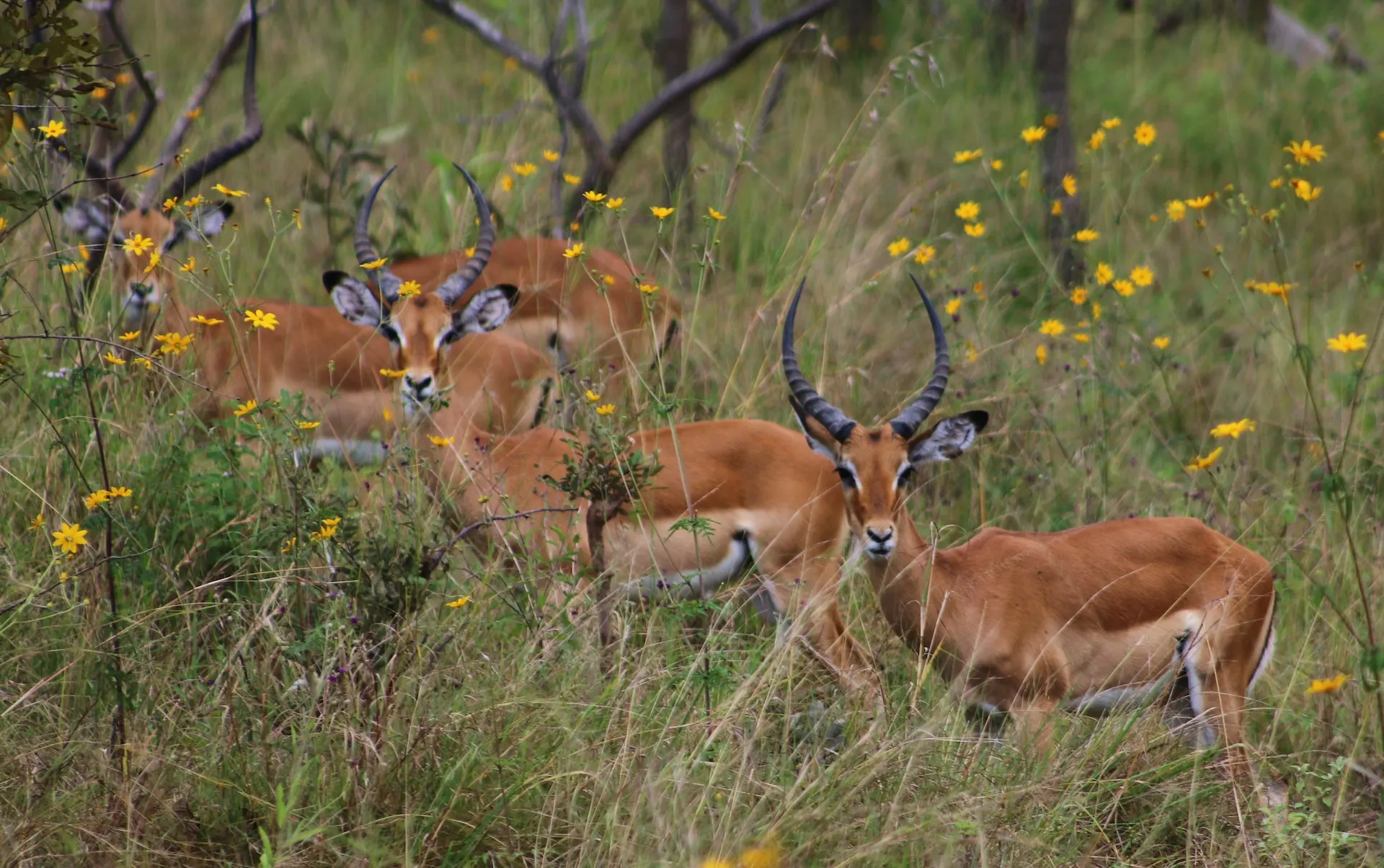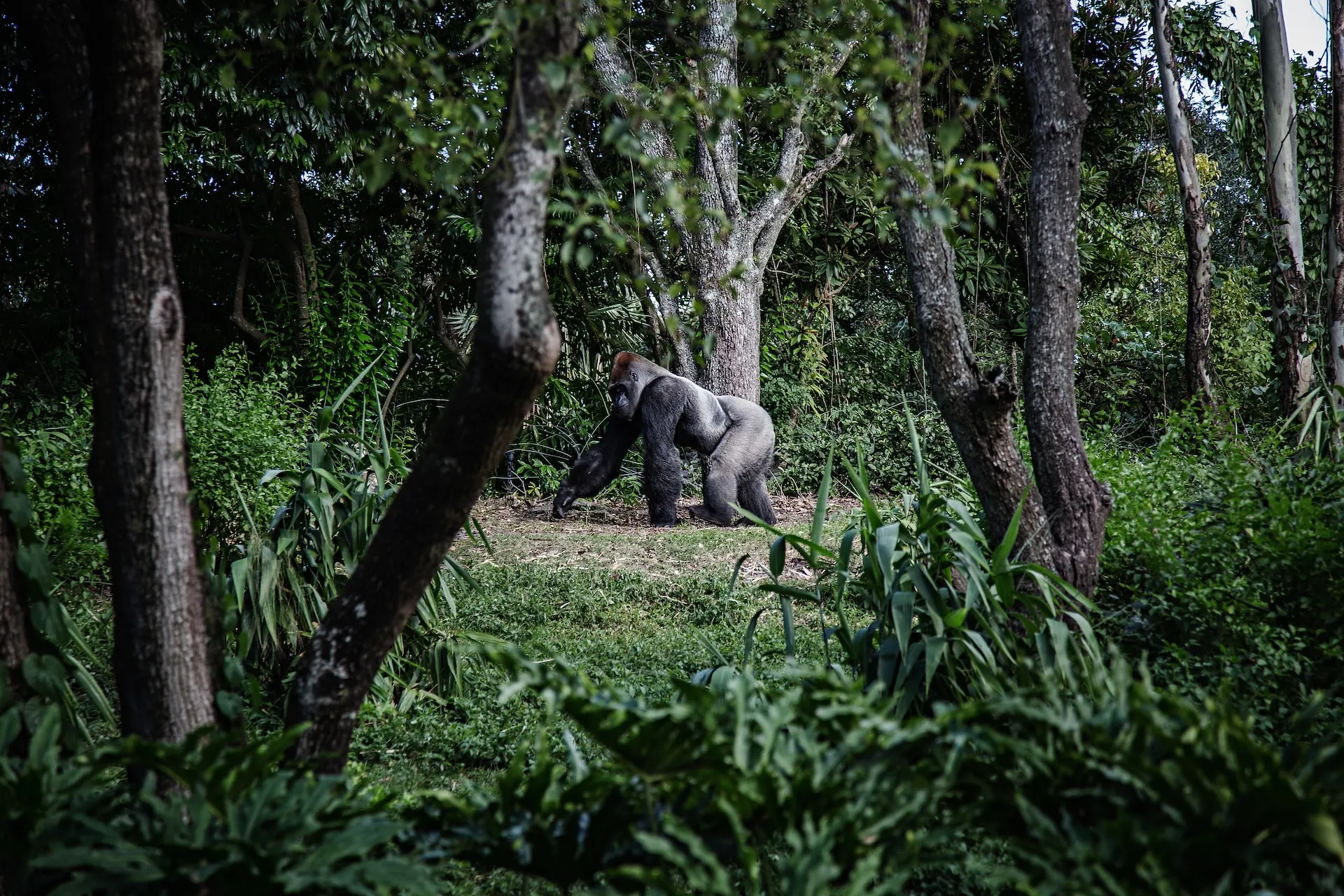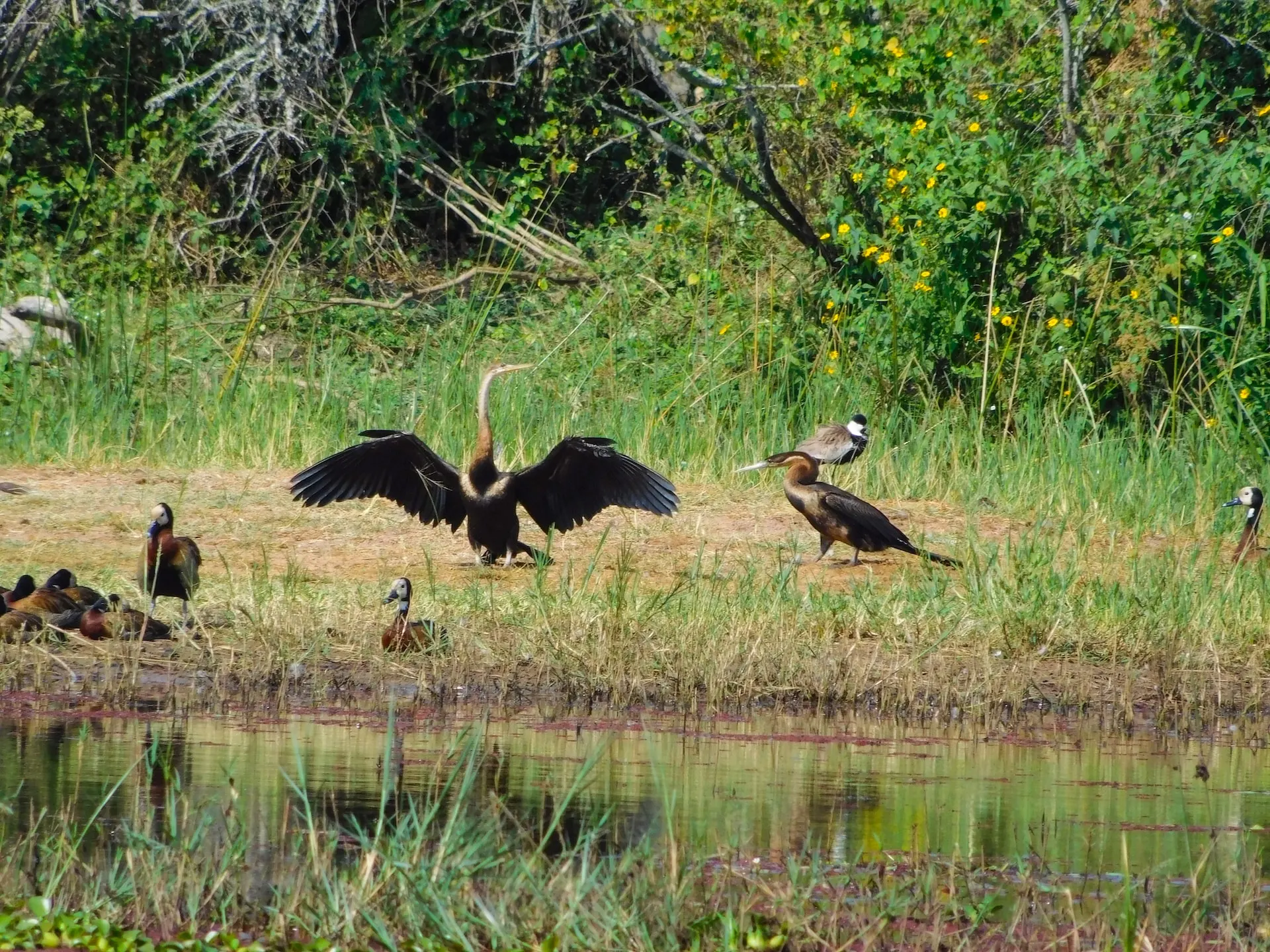Akagera National Park
Akagera National Park
Akagera National Park, a gem in eastern Rwanda, spans a generous 1,122 square kilometers (433 square miles) along the border with Tanzania. This natural haven, founded back in 1934, is a blend of savannah, montane landscapes, and swampy habitats.
The park takes its name from the Kagera River, tracing its eastern edge and feeding into Lake Ihema, along with a cluster of smaller lakes. Notably, the intricate network of lakes and connecting papyrus swamps accounts for more than a third of the park, making it Eastern-Central Africa’s largest protected wetland.
This park is famous for big five which includes african lions, leopards, african elephants, rhinos and cape buffalos. The park is also home to a colorful array of creatures, from graceful giraffes to striking zebras and the ever charming hippos. Bird enthusiasts are in for a treat, with over 500 bird species gracing the skies and waters.
Akagera National Park Safari Tours
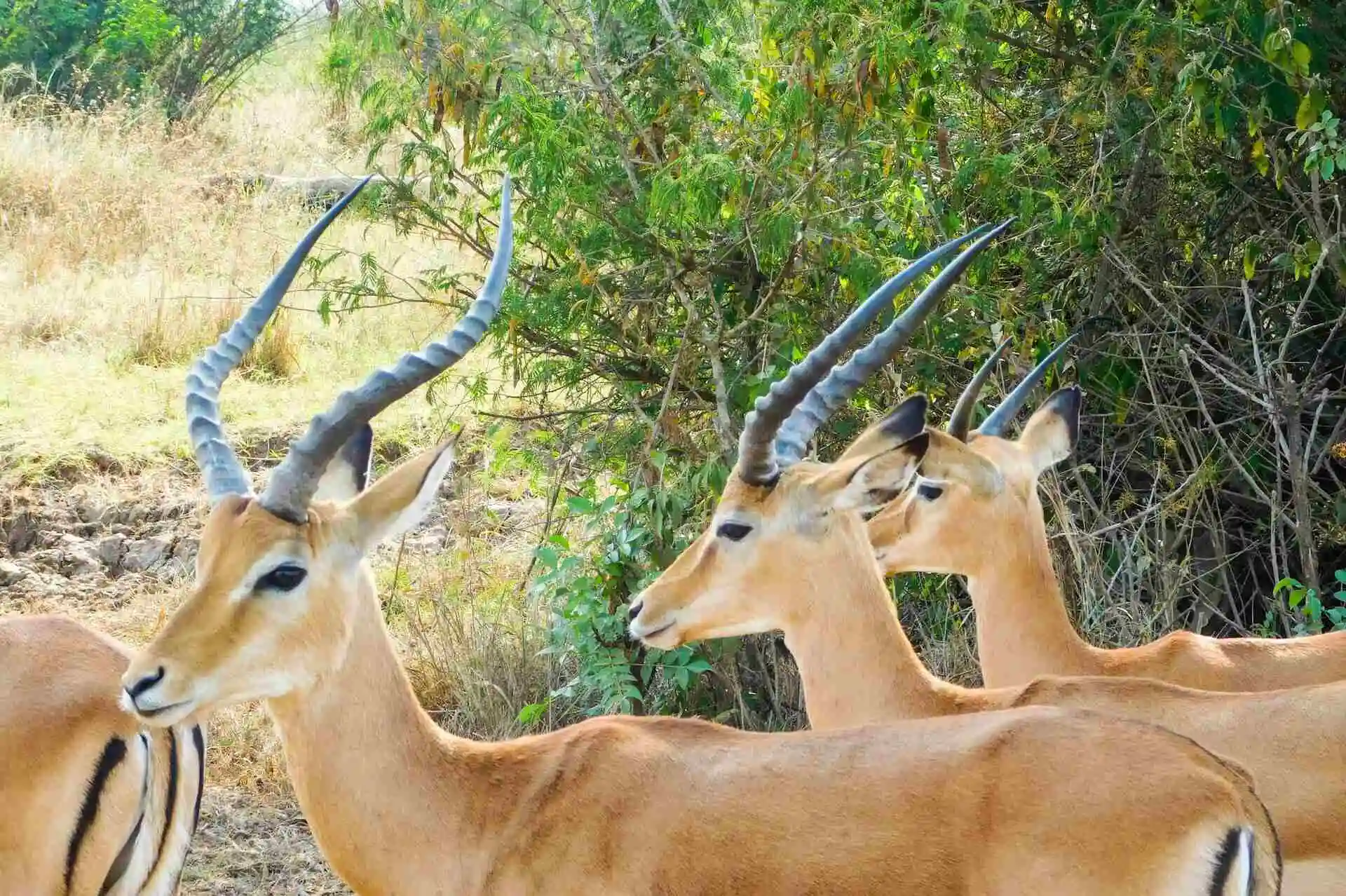
5 Days
Akagera Wildlife Safari
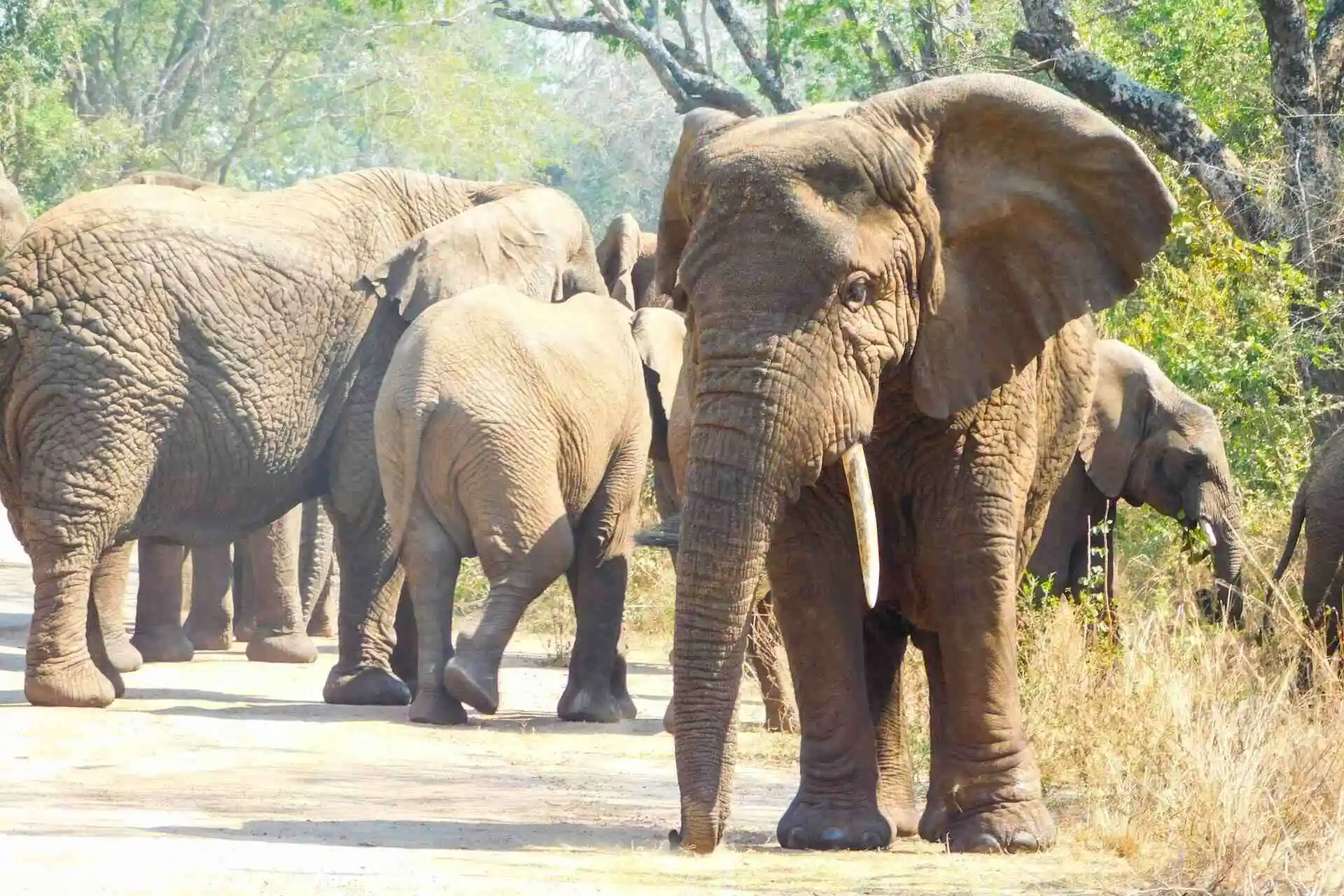
3 Days
Akagera National Park Safari

3 Days
Nyungwe & Akagera Safari
Wildlife in Akagera National Park

Encounter the iconic “big five” lions, elephants, buffalos, leopards, and rhinoceros, as they navigate their natural habitat, creating beautiful moments.
The vibrant landscape comes alive with the playful antics of golden monkeys, their lively presence adding a touch of magic to the surroundings. Watch baboons and black and white colobus monkeys swing gracefully through the trees, showcasing the park’s diverse primate population.
As you venture deeper, witness the serene grazing of buffalos, offering picturesque scenes for wildlife enthusiasts. The skies above Akagera are a haven for birdwatchers, with a myriad of bird species contributing to the symphony of nature.
Delve into the reptilian realm, where a variety of snakes, lizards, and crocodiles inhabit the park’s water bodies. The reptiles play a crucial role in maintaining the park’s ecological balance.
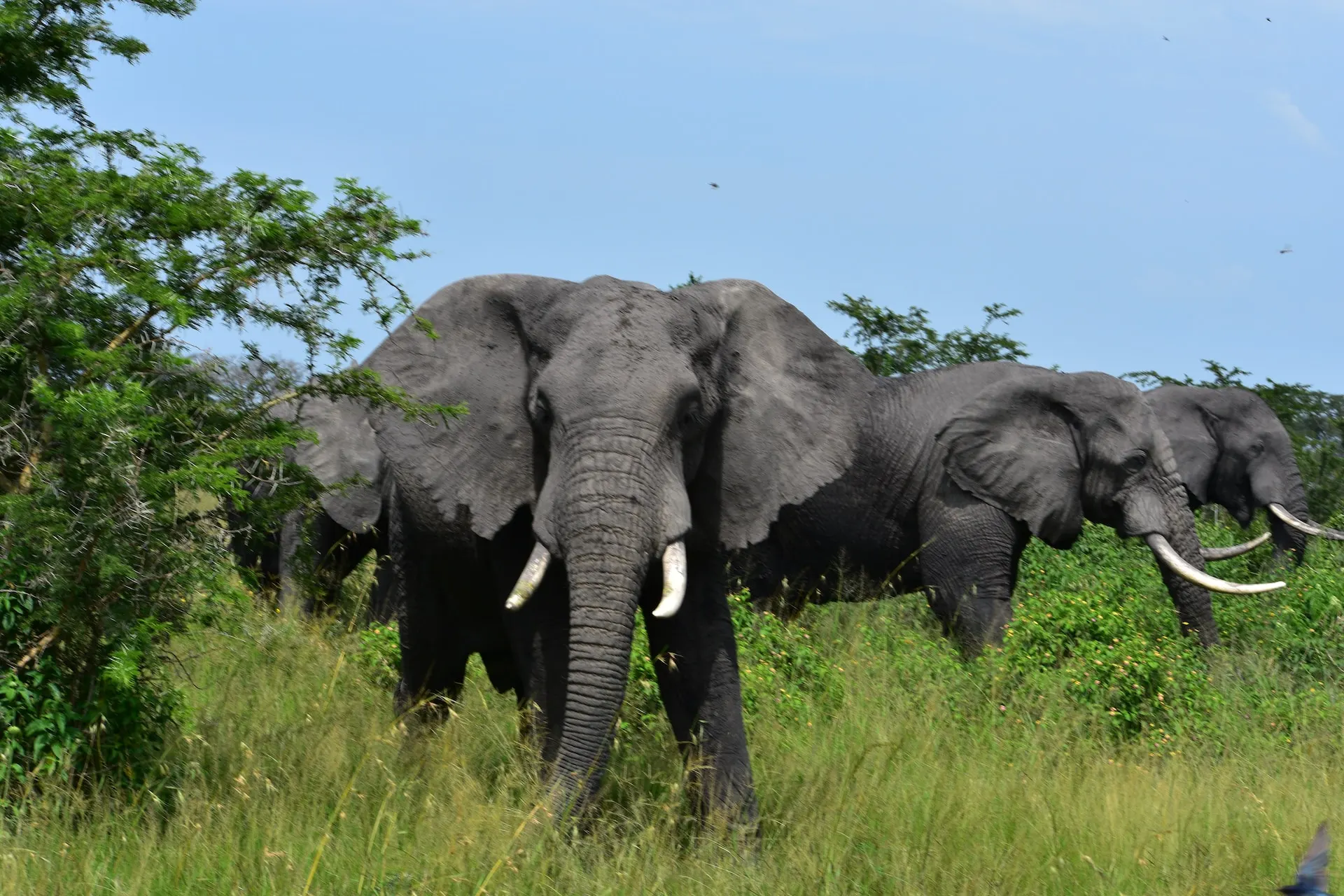
Mammals
- Lion
- Leopard
- Elephant
- Rhino
- Buffalo
- Hippopotamus
- Giraffe
- Zebra
- Impala
- Waterbuck
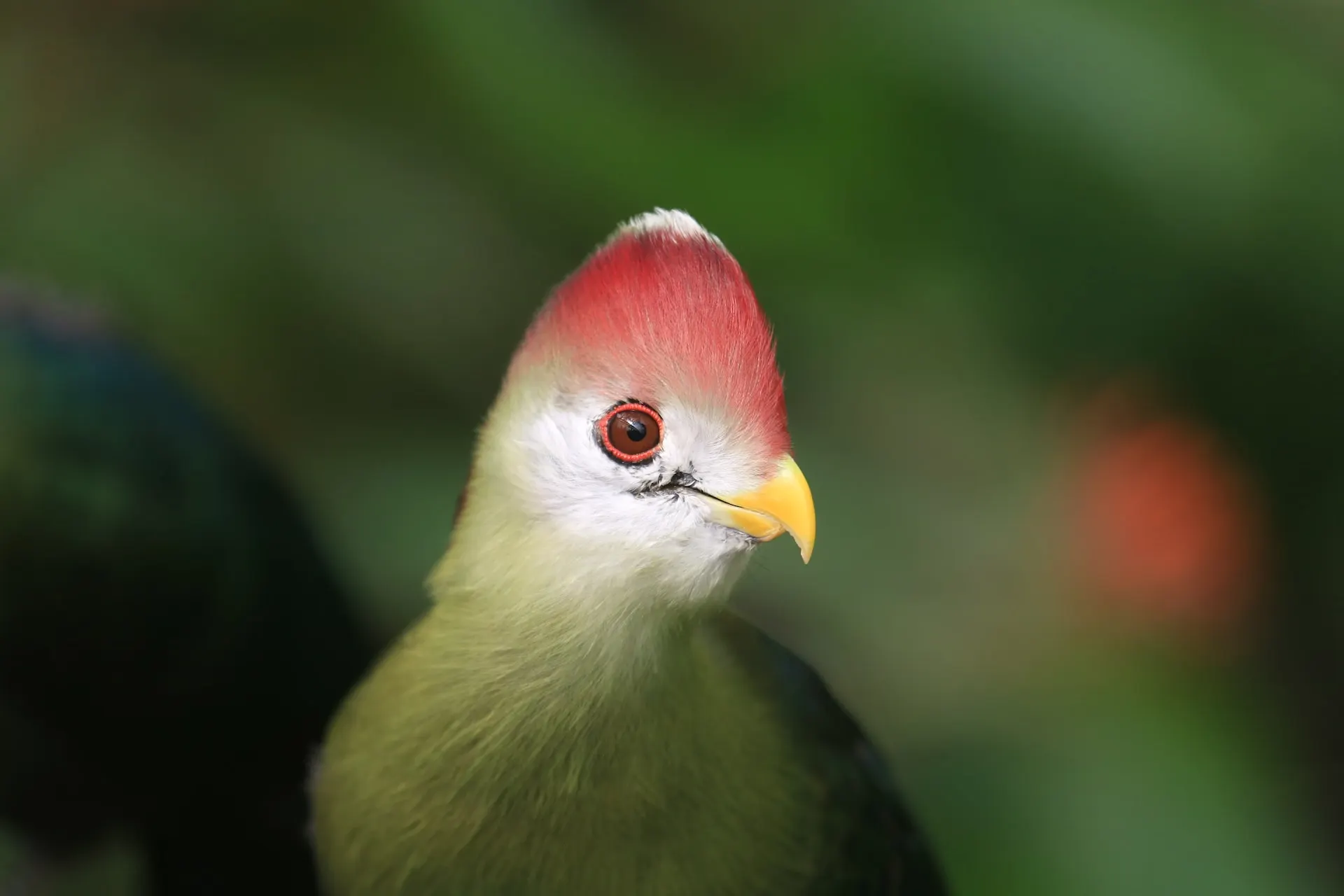
Birds
- Shoebill Stork
- African Fish Eagle
- Lesser Flamingo
- African Spoonbill
- Hamerkop
- Marabou Stork
- Saddle-billed Stork
- White-faced Owl
- Pel’s Fishing Owl
- Secretary Bird

Reptiles
- Nile crocodile
- African Rock Python
- Gabon Viper
- Green Mamba
- African Helmeted Turtle
- Pancake Tortoise
- Nile Monitor Lizard
- Savannah Monitor Lizard
- Agama Lizard
- Chameleon
Best Time to Visit Akagera National Park
From June to September, the dry season offers pleasant weather, perfect for game drives and birdwatching. You will have clear views of the “big five” (lion, elephant, leopard, rhino, buffalo) and other animals around water sources.
On the flip side, the wet season from October to May turns the landscape lush and green, but wildlife viewing can be a bit challenging due to heavy rainfall. Some areas might be off-limits. However, birdwatchers will appreciate the increased bird activity.
Whether you prefer the green beauty of the wet season or the best wildlife views in the dry season, Akagera National Park promises a unique and unforgettable safari adventure.
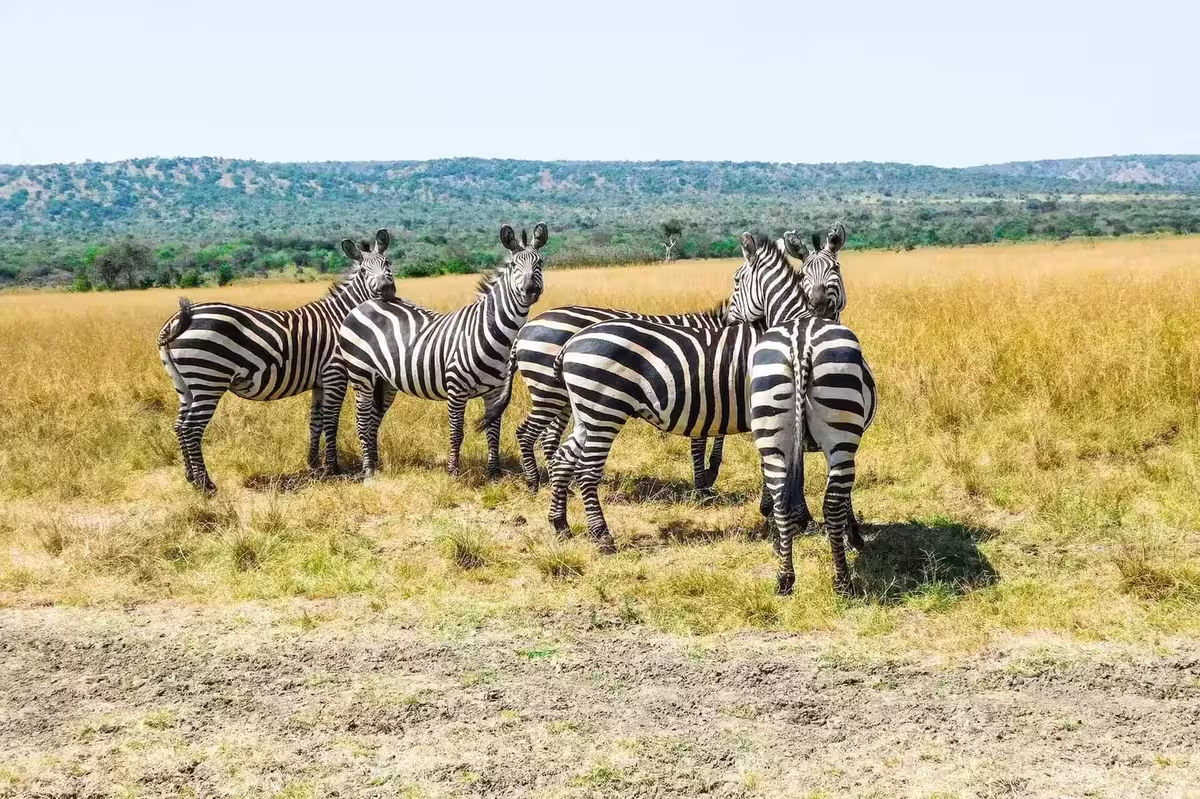
Climate of Akagera
Akagera National Park in Rwanda undergoes two distinct seasons. From June to September, the dry season unfolds, bringing forth warm temperatures and radiant sunshine, creating a pleasant atmosphere with temperatures hovering around 25°C (77°F). In contrast, the wet season, spanning October to May, introduces cloudy skies, heightened humidity, and significant rainfall, maintaining an average temperature of 23°C (73°F).
Throughout the wet season, the park witnesses its most substantial rainfall, ranging from 100 to 200 millimeters per month. July emerges as the driest month, recording a mere 30 millimeters of rainfall, while April claims the title of the wettest with an average of 200 millimeters.
Humidity levels peak during the wet season, fluctuating between 70% and 90%, and ease to 50% to 70% in the dry season. The park generally experiences gentle and variable winds, although the dry season may usher in stronger winds, particularly in the afternoons.
Akagera National Park climate chart
| Month | Jan | Feb | Mar | Apr | May | Jun | Jul | Aug | Sep | Oct | Nov | Dec |
|---|---|---|---|---|---|---|---|---|---|---|---|---|
| Min (°C) | 17 | 17 | 18 | 19 | 19 | 18 | 17 | 17 | 18 | 19 | 19 | 18 |
| Max (°C) | 25 | 26 | 27 | 28 | 27 | 26 | 25 | 25 | 26 | 27 | 26 | 25 |
How to Reach Rwanda
Rwanda has excellent air connections worldwide, linking it to Europe, North America, Asia, and other African countries with direct flights. The primary gateway to Rwanda is Kigali International Airport (KGL), located in the capital city of Kigali. Additionally, Rwanda boasts other international airports like Kamembe International Airport (KME) in Kamembe.
You can reach Rwanda from various major cities thanks to well-known airlines like RwandAir, Qatar Airways, Turkish Airlines, Ethiopian Airlines, Kenya Airways, and Brussels Airlines. These airlines offer flights from many key airports around the world, making your journey to Rwanda accessible and worry-free.
How to get to Akagera National Park
To kick off your trip to Akagera National Park, most people start by flying into Kigali International Airport (KGL), which is about 120 kilometers (75 miles) from the park. Once you land in Kigali, you’ve got choices for getting to the park. You can go for a road trip, enjoying the journey, or opt for a quick flight directly to the park or nearby places to stay. It depends on what you prefer and your travel plans.
Keep in mind the seasons when you plan your visit to Akagera National Park. The dry seasons are great for activities like safaris when the weather’s good, and you can spot more wildlife.
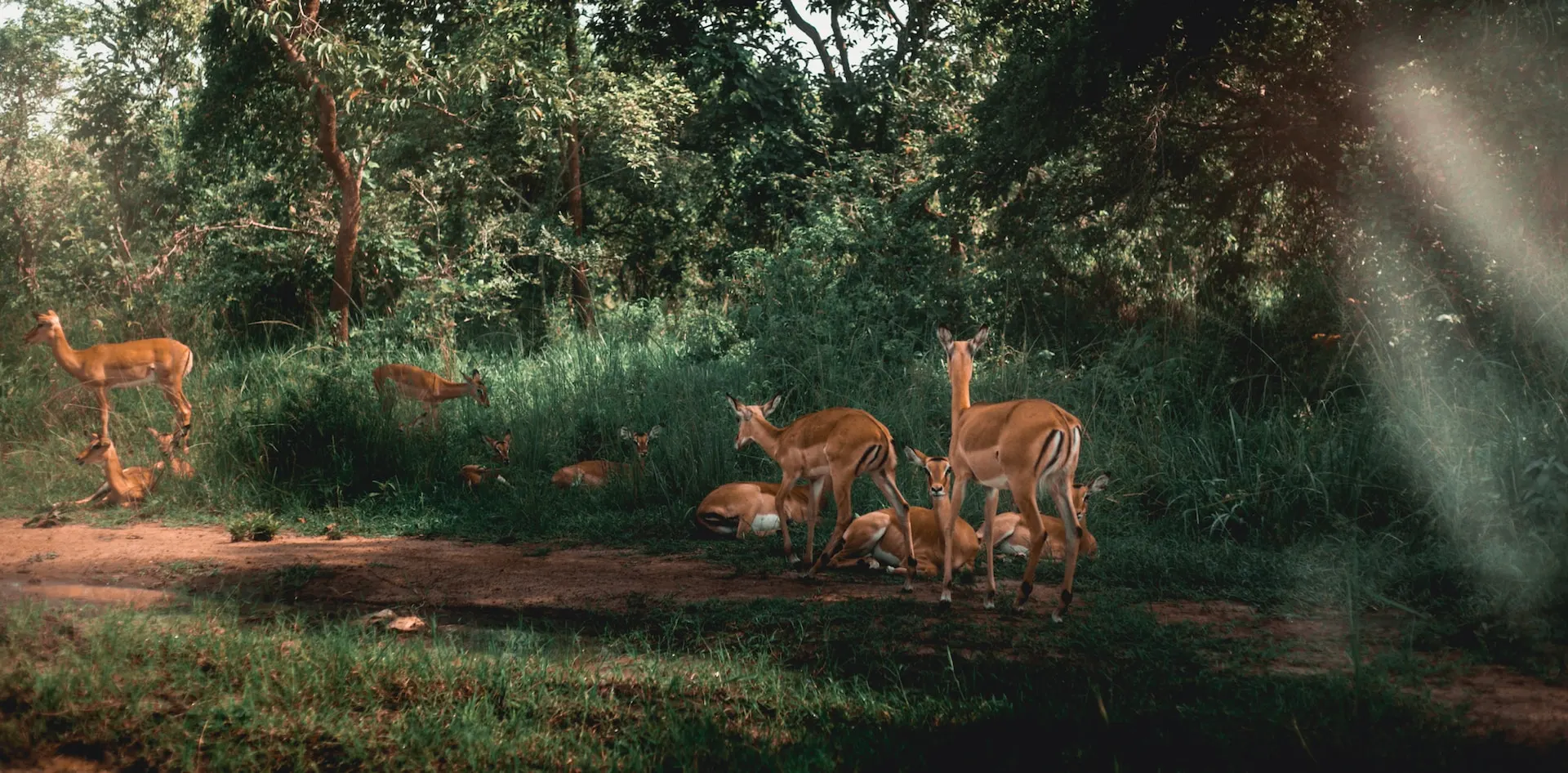

By Air
For a quicker journey, consider a charter flight directly to Akagera National Park with certain tour operators. Though a bit pricier, it’s a convenient and time-efficient option, offering a unique aerial perspective of the surroundings. Ideal for those seeking a seamless and expedited travel experience.

By Road
Embark on a 2 to 3 hour scenic drive covering 120 kilometers from Kigali to Akagera National Park. Renting a car or opting for public transportation, like buses, provides flexibility and a chance to soak in the changing landscapes.
Ready to plan your dream adventure with our wildlife experts?

